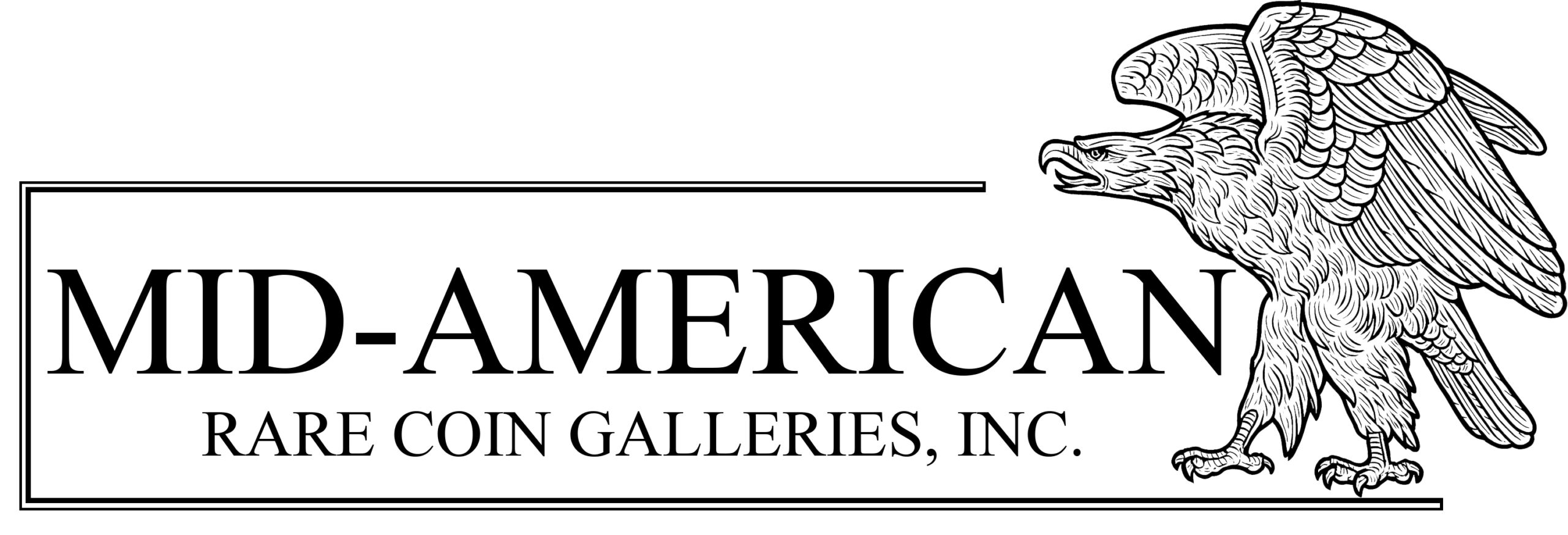On July 4, 1826, there were parades, fireworks and speeches around the country to celebrate the 50th birthday of the United States. In Philadelphia, there had been invitations sent to the original signers of the Declaration of Independence to attend, but none were able. In fact, in one of the strangest coincidences in U.S. history, Founding Fathers Thomas Jefferson and John Adams both passed away on July 4, 1826. The numismatic production for the 50th anniversary was minimal, with just a few items noted.
By July 4, 1876, the United States celebrated another major birthday with much more fanfare. To celebrate the country’s 100th anniversary, the first World’s Fair was held in Philadelphia. The 1876 Centennial International Exposition was an enormous undertaking and was staged to showcase the accomplishments of the relatively young country.
Each state sent delegates and there were major exhibits highlighting the science and technology advancements of the nation. After the fair was closed, many of the exhibits were moved to the Smithsonian Institution in Washington, D.C., where some of them can still be seen today. The Smithsonian Arts and Industry Building was created to house the exhibits from the 1876 Centennial Fair.
Coins and Medals of the 1876 Centennial
In contrast to 1826, the numismatic production for the 1876 Centennial celebration was much greater. Interest in numismatics had increased by 1876, sparked by the discontinuation in 1857 of Large Cents mentioned in my last article. Collectors of the time were also very focused on medals and tokens.
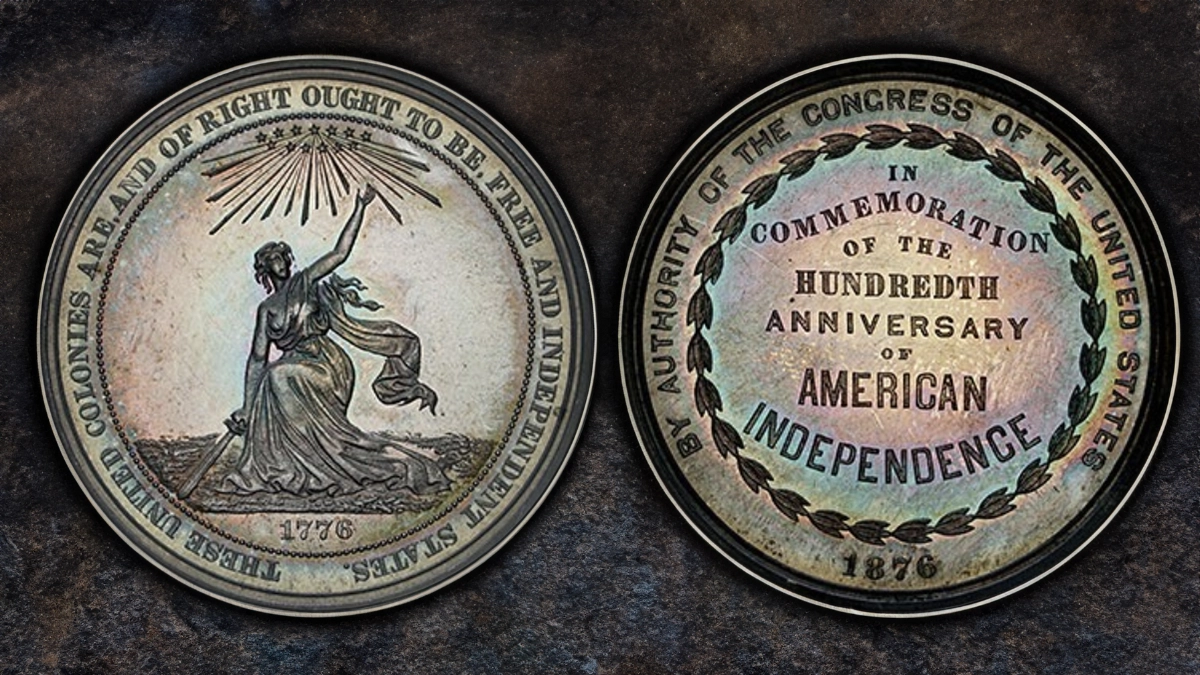
The official 1876 Centennial Medal made by the United States Mint was struck in two different sizes and with several metals. The ones struck in silver are particularly beautiful and collectible. There are far too many medals produced for the 1876 Centennial to mention in this short article. Interested readers are encouraged to acquire So-Called Dollars: An Illustrated Standard Catalog by Hibler and Kappen. Another great book is So-Called Dollars Volume I: United States Expositions by Bill Hyder and Jeff Shevlin.
So-Called Dollars are medals about the size of United States silver dollars and are widely collected. Their historical nature and beauty, combined with affordability, make them worth exploring. I have been collecting them for decades.
The 1926 Sesquicentennial
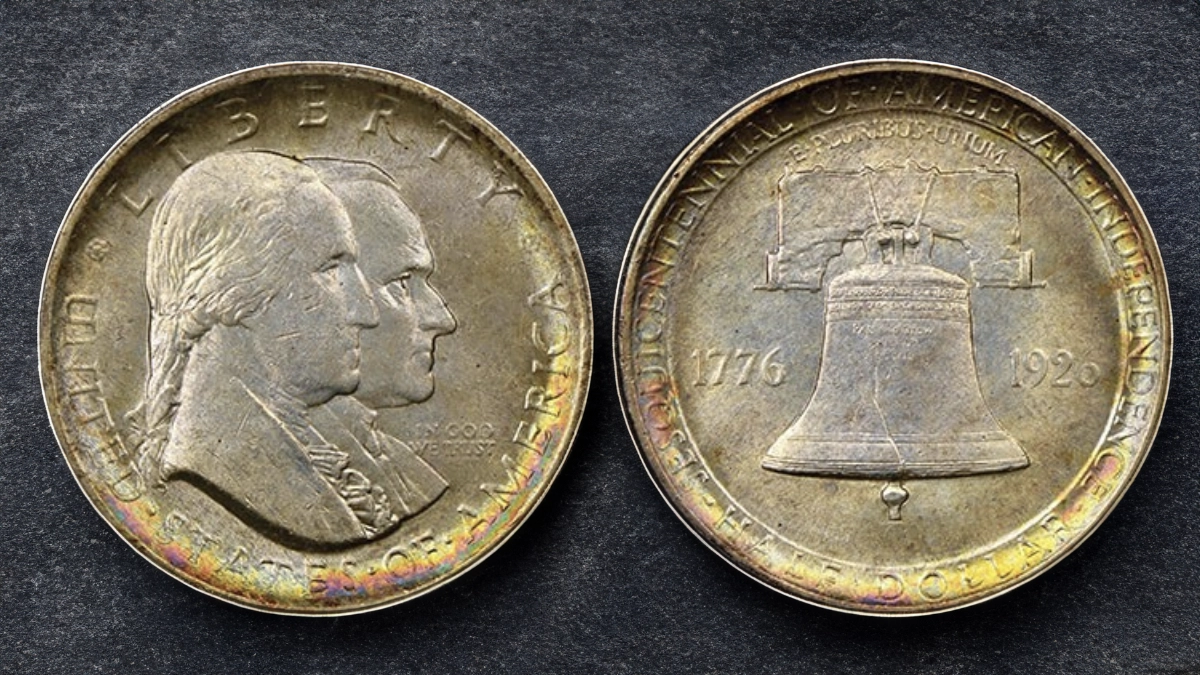
By 1926, the Mint finally created two official commemorative coins for the United States’ birthday. The 1926 Sesquicentennial Half Dollar and Quarter Eagle celebrating the 150th anniversary are interesting commemoratives. The Mint struck over one million examples of the half dollars but melted all except for 141,120 coins. This is still one of the highest mintages for the classic commemorative series and many entered circulation. The coins were poorly struck and Gem examples are very elusive.
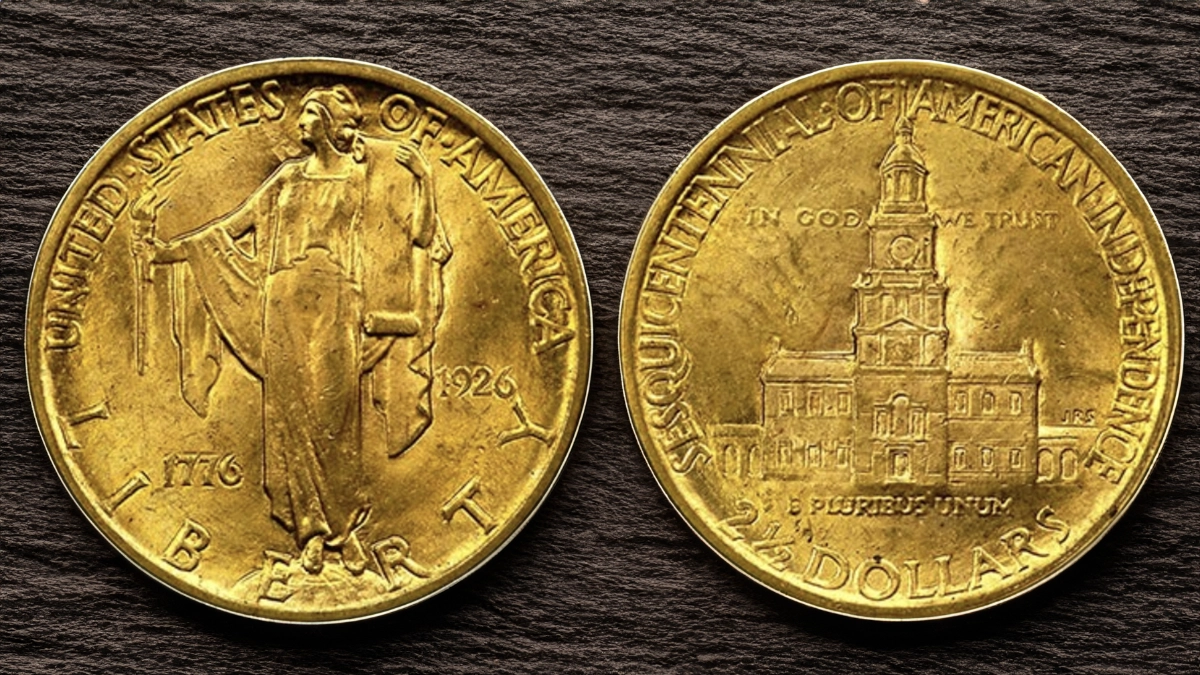
The 1926 Sesquicentennial Quarter Eagle has a net mintage of 46,019 coins. Unlike the Half Dollar, most were saved and circulated examples are not seen nearly as often. In comparison to other classic gold commemoratives, Gem examples are quite scarce, and Superb coins are rarely encountered. There are also numerous medals made to celebrate the 150th anniversary and the references above will prove useful.
The 1976 Bicentennial
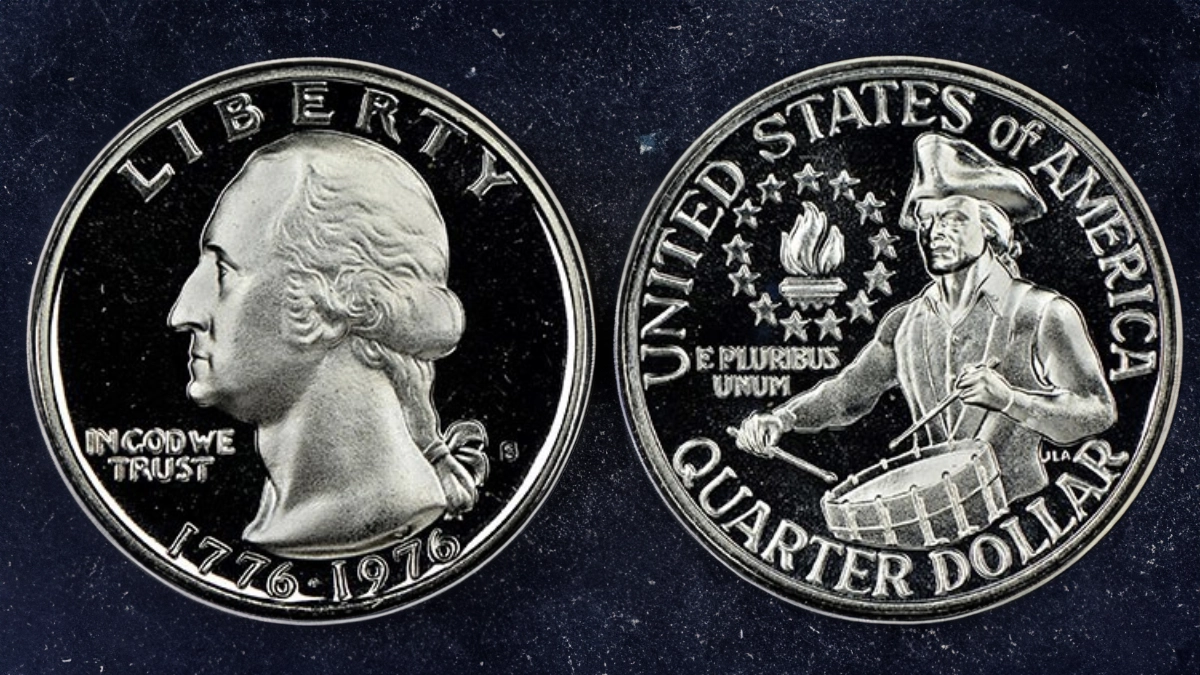
The 1976 Bicentennial celebration for the 200th birthday of the United States was experienced by many current coin collectors and dealers, including myself. I remember dealers accumulating examples of 1876 Seated Liberty coinage for promotions, the first I had ever heard of this practice. For the first time, the U.S. Mint struck one-year circulating commemorative coinage. Vast quantities of the 1976 Bicentennial Washington Quarter, Kennedy Half Dollar, and Eisenhower Silver Dollar were struck and put into circulation. Proof examples were also produced for special commemorative production. The coins were very popular and widely saved. We still get calls every so often asking about the value of “Drummer Boy” quarters.
One of my all-time favorite medals ever produced by the Mint is the 1976 Bicentennial Medal struck in gold, especially the 12-ounce version. These massive gold “coins” are at once beautiful and imposing medallic art. Only 424 examples of the gold version were struck. In the past, these sold for very close to their gold value, but as we approach the next major anniversary, that could change.
The 2026 Semiquincentennial
Planning for the U.S. “250 Semiquincentennial” (better start practicing that) in 2026 is well underway. The United States has created the USA 250 committee to explore ways to celebrate and acknowledge those who have contributed to the nation’s success. This will include revisiting important historical events and looking for the many stories of those who were ignored in the past.
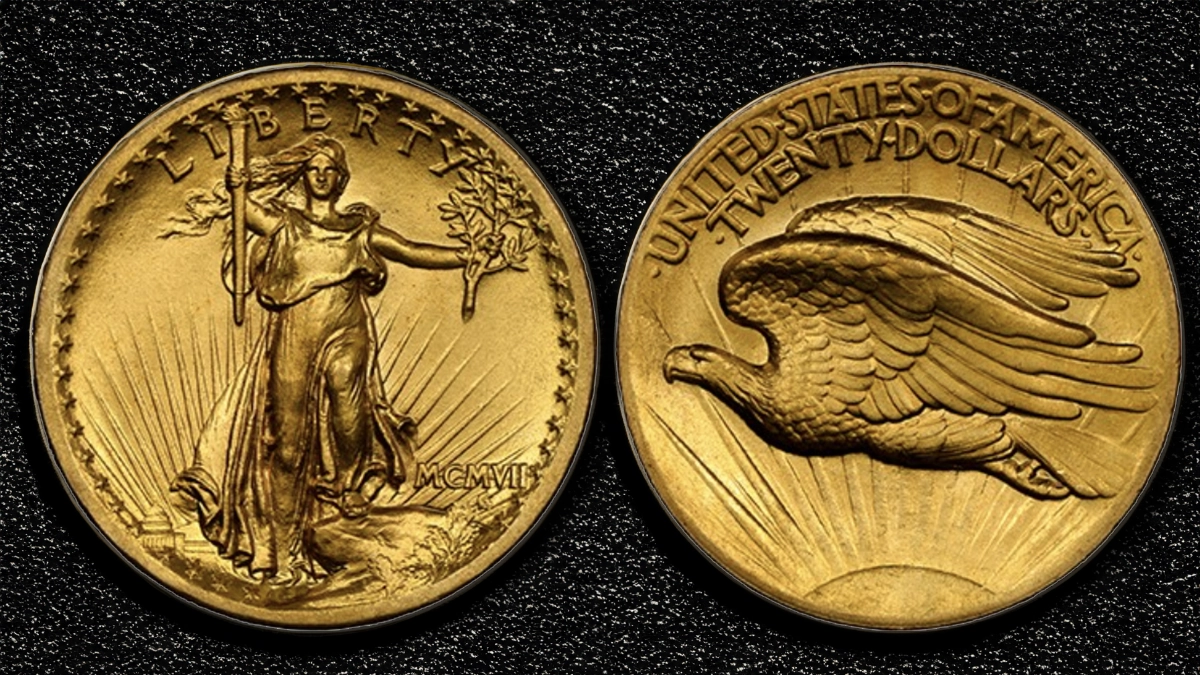
The Mint has also been busy planning to celebrate the Semiquincentennial. They have launched surveys with collectors and polled numismatic experts. Like in 1976, the Mint will once again strike circulating commemorative coins for the 250th birthday of the United States. The Mint has visited the numismatic collection at the Smithsonian looking for inspiration from classic designs of the past. It has been mentioned that some of the coins that may be re-issued include the silver coinage of 1916, the 1804 Silver Dollar, and the 1907 High Relief Double Eagle.
With many commemorative coins planned by the U.S. Mint and massive media coverage of the 250th anniversary of the United States, numismatics should be center stage for attention in 2026. There will be a plethora of privately issued commemorative coins that will be marketed by mass media. Numismatic publishing companies will be creating albums, books, and special holders for the multitude of 250th issues as well. The marketing lift generated by the 2026 celebrations could be a boon for the hobby like we have not seen since the 50 State Quarters program.
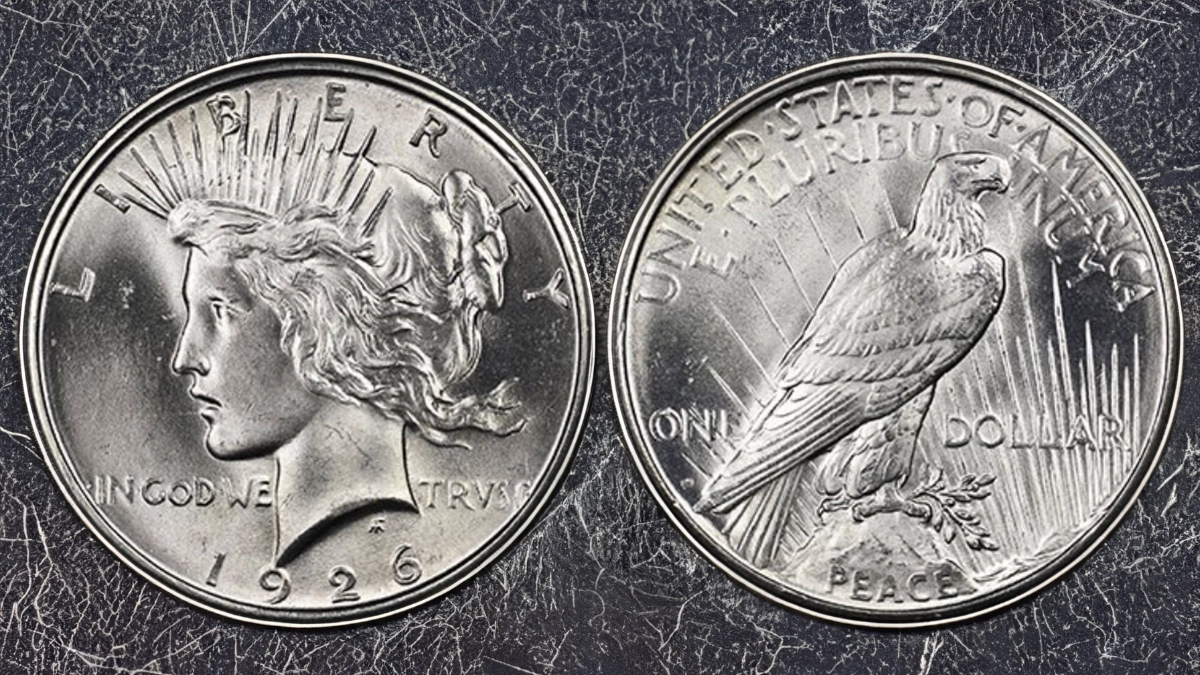
There will also probably be a rush of interest in any coins tied to the previous celebrations from 1876, 1926, and 1976. There are quite a few coin dealers already hoarding 1926 Peace Dollars in anticipation. In light of the significance of the 250th anniversary, there could be renewed interest in Colonial coinage and early federal coinage. I imagine that anything dated 1776 will become a hot collectible in 2026.
There are an untold number of ways to collect the various anniversaries of the United States. Hopefully, this article offered an idea of where to get an early start on what should be an exciting time for the hobby.
